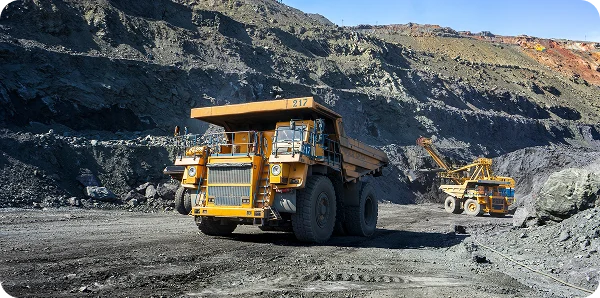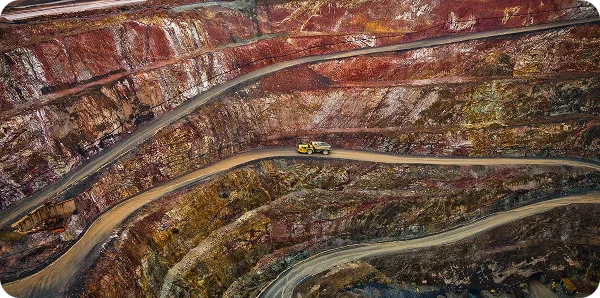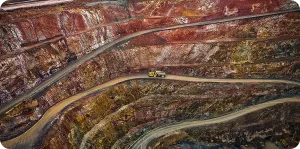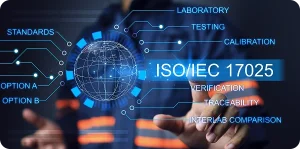Western Australia, particularly the Pilbara region, has long been the powerhouse of Australia’s mining industry. As the global demand for minerals and resources continues to evolve, the future of mining in this region is set to be shaped by advancements in technology, sustainability initiatives, and shifting market dynamics.

Technological Innovation Driving Efficiency
The integration of cutting-edge technology is revolutionizing mining operations in Western Australia. Automation, artificial intelligence (AI), and remote operations are enhancing productivity and safety. Companies like Rio Tinto, BHP, and Fortescue Metals Group have already deployed autonomous haul trucks, remote-controlled drilling rigs, and AI-driven exploration techniques to optimize resource extraction and minimize human risk.
Key Technological Trends:
- Automation and Robotics – Expansion of driverless trucks, autonomous drilling, and robotic processing systems.
- Digital Twins – Real-time simulation models to optimize mine performance and reduce downtime.
- Artificial Intelligence & Machine Learning – Predictive analytics for ore body discovery and equipment maintenance.
- Renewable Energy Integration – Adoption of solar and wind power to reduce reliance on fossil fuels.
Sustainability and Environmental Responsibility
As global investors and regulatory bodies place increasing emphasis on sustainability, mining companies in the Pilbara are focusing on reducing their environmental footprint. Carbon neutrality, water conservation, and land rehabilitation are becoming central to long-term mining strategies.
Sustainable Mining Initiatives:
- Green Hydrogen Projects – Companies like Fortescue Future Industries are investing in hydrogen-powered mining operations.
- Decarbonization Targets – Major miners have pledged to achieve net-zero carbon emissions by 2050.
- Circular Economy Models – Recycling and repurposing waste materials to minimize environmental impact.
- Indigenous Land and Cultural Heritage Protection – Strengthening partnerships with Traditional Owners to ensure ethical resource management.
Market Outlook and Resource Demand
Western Australia’s rich deposits of iron ore, lithium, nickel, and rare earth elements place the region at the forefront of the global energy transition. The surging demand for critical minerals used in electric vehicle batteries and renewable energy technologies is expected to drive future investments in Pilbara’s mining sector.
Key Commodities for Future Growth:
- Iron Ore – Continued demand from China and emerging markets, albeit with potential price volatility.
- Lithium and Nickel – Strong growth due to the electric vehicle and battery storage boom.
- Rare Earth Elements – Increasing importance for high-tech industries, including defence and electronics.
- Gold and Copper – Safe-haven investments amid economic uncertainties.
Challenges and Opportunities
While the future of mining in Western Australia is promising, several challenges need to be addressed:
- Workforce Shortages – The demand for skilled workers in automation and digital mining is outpacing supply.
- Infrastructure Development – Expansion of ports, rail networks, and energy grids to support mining growth.
- Regulatory Changes – Stricter environmental policies and ESG (Environmental, Social, and Governance) conformity requirements.
Despite these challenges, Western Australia and the Pilbara region remain global leaders in mining innovation and resource development. By embracing technology, prioritizing sustainability, and aligning with evolving market needs, the industry is well-positioned for long-term success.
As investment in critical minerals and green energy projects gains momentum, the future of mining in Western Australia will continue to be a key driver of economic growth, employment, and technological advancement on both a national and global scale.






